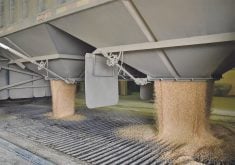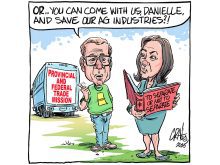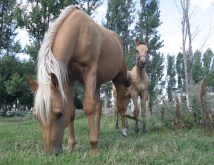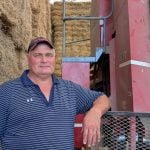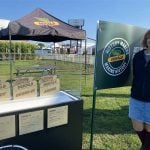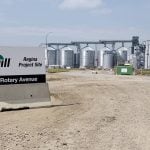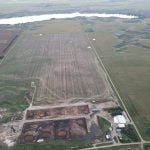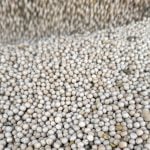Well, at least we’ll have a decent crop to move.
That’s what most producers outside of southern Manitoba might be thinking as they survey the disappointing prospect of low grain prices.
There have been few chances this summer for farmers to lock in high prices for their 2005-06 crops. Big stocks around the world have kept futures prices low, so most farmers who decided to hedge their incomes by forward pricing have had to do so at levels offering only modest margins.
But there is a group that is more likely to profit from a large crop and weak prices. And it may finally show that prairie farmers’ biggest hedge in history – the farmer-erected grain companies – can pay off in the right year and mitigate farmers’ problems.
Read Also
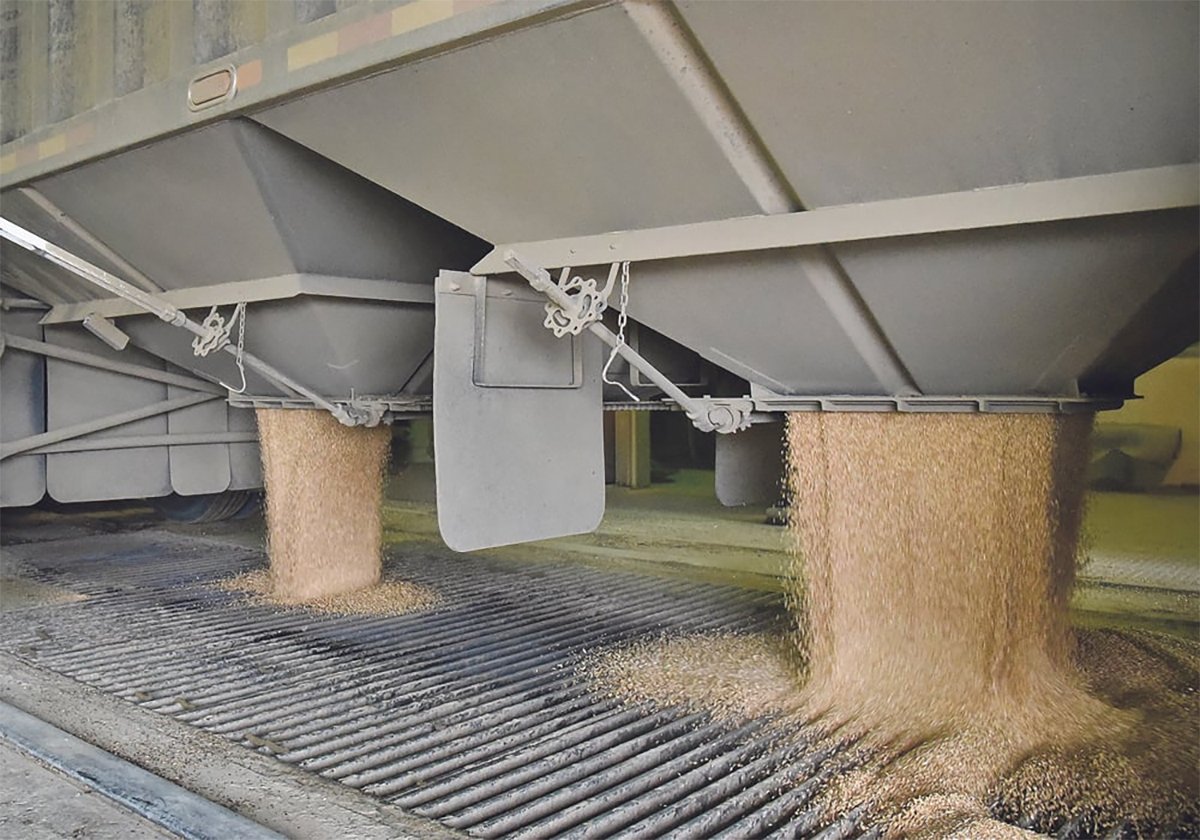
Worrisome drop in grain prices
Prices had been softening for most of the previous month, but heading into the Labour Day long weekend, the price drops were startling.
Grain companies don’t need good crop prices to make money on their primary business of grain handling. As long as they can get a good-sized crop with the quality the market wants, they can run their elevator system efficiently and make a good buck from per-tonne charges.
This is what drew the interest in June of a Scotia McLeod stock analyst, who increased his predictions for Agricore United’s year-out share price.
“We continue to expect a material turnaround in Agricore’s earnings in the current year,” says the report written by analyst Murray Gainer.
“High operating leverage, high financial leverage and a $374 million tax loss carryforward combine to create the potential for substantial cash generation, associated debt reduction, and consequent future (earnings per share) growth (assuming normal crop years) over the ensuing two years.”
The report sets a one-year share price target for AU of $9.50 per share and a two year target of $10.50. It was trading at $8.65 per share Aug. 29.
That should be music to the ears of long term AU shareholders, whose investment in the company has been dead in the water for years. The stock is still below the price UGG shares commonly reached in 1999 and 2000, and much below the prices they reached in 1997 and early 1998.
The report and the continuing good fortunes of the prairie crop should also be an inviting tune for the long-suffering shareholders of Saskatchewan Wheat Pool, who saw the value of their investment pounded over the past decade as the company stumbled from one disaster to the next – the first few manmade, the following ones weather-induced.
Sask Pool now has a manageable debt level, an excellent grain handling system, and perhaps the ability to start making good money as grain flows through that system.
Farmers built the biggest prairie grain companies as a hedge, as a way of giving themselves some protection from what many saw as the abusive power of the handling and processing industries. Owning a big part of the grain handling system gave them a cut of the wins and losses of that sector.
None of those big grain companies is fully farmer-owned now, and happy should be the farmer who sold his Sask Pool shares at $21.
But farmers who held on to their Pool shares through the bad years might get a little bit back this year.
And for those who have their money sleeping inside AU, this might be the year when it wakes up and starts moving again.
Will this make up for poor grain prices in 2004-05 and 2005-06? Probably not for the average farmer, unless he has a huge amount of money invested in AU or SWP stock and it moves as predicted. (Which would raise the question: if he has that much money lying around, why is he still farming rather than lying on a beach somewhere?)
Few farmers have a million or two in their savings accounts to throw into a stock gamble that could compensate for disappointing crop prices.
But in a year from now, some farmers might find that handful of grain company shares, which they didn’t throw away during the years of bad returns, might have been their best hedge of the 2005-06 crop year.



